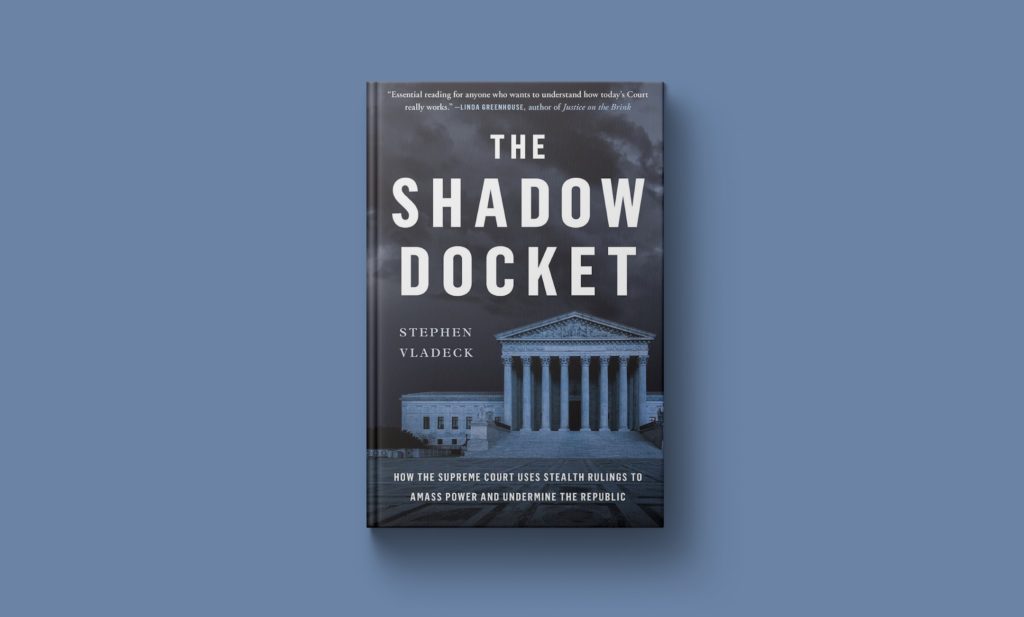
Amna Nawaz:
A new book out this week explores the Supreme Court's growing influence on the country through a number of emergency actions on cases not on the official docket.
John Yang explains. Many of us were taught in civics class that the Supreme Court is the court of last resort, that cases end up there after all other appeals have been exhausted.
But for the last decade or so, the court has gotten involved in cases while the appeals process is going on, either blocking or keeping in place policies on issues like abortion, immigration and COVID restrictions, often setting new principles without hearing arguments and without explaining their reasoning.
It's part of what's become known as the shadow docket, which is the title of a new book by Stephen Vladeck, a University of Texas law professor.
First off, I gave a very incomplete description of one small part of the shadow docket. How — explain what it is.
Stephen Vladeck, Author, "The Shadow Docket: How the Supreme Court Uses Stealth Rulings to Amass Power and Undermine the Republic": Yes.
I mean, so, it's an umbrella term, John, that basically describes everything the Supreme Court does, other than the 60 or so big merits rulings we get each term. That's the ones that we're used to seeing big headlines about. It's only about 1 percent of what the court does; 99 percent of the dispositive rulings the Supreme Court hands down are these unsigned, unexplained orders.
Most of them are anodyne. But, increasingly, a lot of them are not.
ncG1vNJzZmivp6x7sa7SZ6arn1%2Bjsri%2Fx6isq2ejnby4e82ermaan6S4br%2FHmpuor12ZvKS3xK1knrCgobyzsdJmqq6oopq6pnnCqKyrrKNitLO71qKloGWZo7OtwcSnmp5ln6N6ornEq6CcmZ5iuaLD